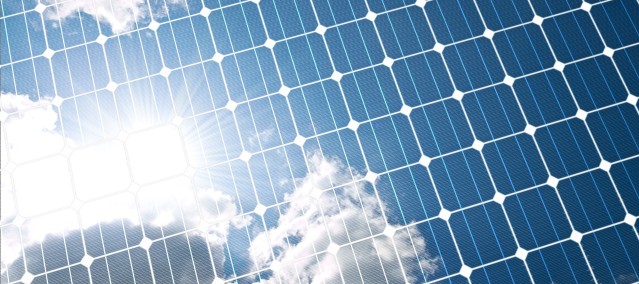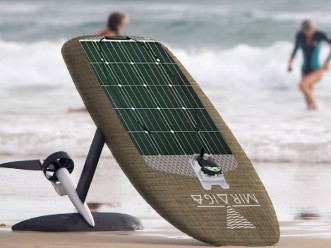UPPA, a regional player alongside Innopy
An encounter with Laurence Nemes, project manager at the County Council of Pyrénées-Atlantiques and pilot of the Innopy investment program labeled ‘‘Territories Innovation.’’
What does the Innopy project consist of?
It is an ambitious strategy supported by the County Council of the Pyrénées-Atlantiques, the County Council of the Hautes-Pyrénées and about 50 private or public partners, including the University of Pau and the Pays de l’Adour. Together we answered to the call for projects ‘‘Territories Innovation’’ launched by the Prime Minister in November 2018. The objective is to support territories that provide innovative solutions to transform our country and concretely respond to the challenges of transitions, with a concern for economic development. The actions supported must already be mature. Labeled in September 2019, Innopy is based on three transitions – energy, agro-ecological and digital – and has 22 actions carried out by public and private project owners.
What is the total budget?
The government has set aside €24 million in funds from the Investment Program for the Future to finance the innovative actions presented: €6 million in subsidies for 13 actions; €18 million for 9 actions in the form of an equity investment in the companies carrying the innovations. From 2019 to 2029, Innopy represents a total investment program of 127 M€. Eighteen actions have already started in 2020 and €1.4 million in subsidies have been paid out. In 2021, €1.9 million has already been mobilized. The actions financed by the State are in the process of validating the solidity of their economic model.
What is the place of UPPA in Innopy?
UPPA is a key partner in innovation in the region. Labelled I-SITE in 2017 for its E2S UPPA project, the university also has a strong culture of applying to competitive calls for projects. A privileged partner from the time the application was prepared, UPPA is now a member of COMEX, Innopy’s strategic steering committee. The university also encourages and supports the creation of start-ups in the area. It also provides us with an international outlook, thanks to its alliances in Europe, most notably via UNITA. This last point is particularly important since the Innopy project has a cross-border dimension. Several actions, allowing the deployment of innovations from research laboratories in the territory, also mobilize the expertise of UPPA.
What are the actions in which UPPA is involved?
UPPA is also involved in the development of organic photovoltaic systems (OPV). CNRS researchers are working on improving this new technology of a flexible, ultra-thin, transparent, French and recyclable organic photovoltaic film.
We can also mention the action carried out by the Lin des Pyrénées association aiming to reintroduce the oilseed flax industry in the south-west and to manufacture products based on a biosourced material, flax fiber, transformed and used locally. In the same spirit, UPPA is associated with the MIRAIGA action, also carried by the Lin des Pyrénées association. The aim is to provide an inexpensive ecological platform – an autonomous and motorized surfboard, made from flax and equipped with OPV panels – capable of integrating environmental monitoring systems, assisting in studies on the oceans and setting up action plans for the preservation of biodiversity.
Finally, UPPA is involved in many other fields related to the energy transition, such as biofuels, hydrogen and its storage.


